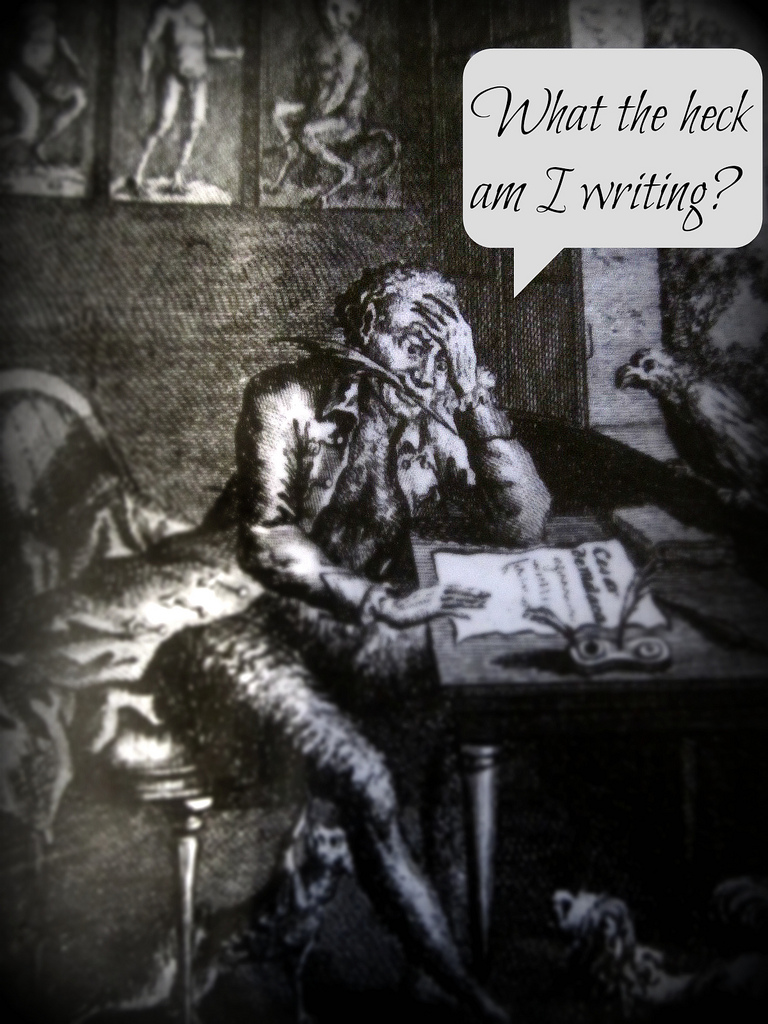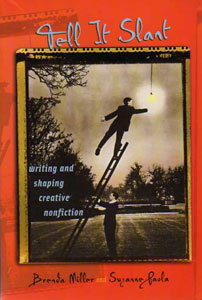Last Saturday I attended the YA Writing Conference, hosted by Changing Hands Bookstore, the best indie bookstore in the Phoenix area.
It was a little different setup than other conferences I’ve attended. There were four classes available to take, and each person could sign up for three of the classes. Each class was an hour and fifteen minutes long. The classes varied from more to less formal; two of the classes I attended used a PowerPoint, one did not; many of the authors took some time for Q&A at the end; two of the classes used writing prompts or brainstorms. A tasty lunch was also provided, from a local restaurant, Dilly’s Deli. I did a quick count at lunch and there seemed to be about 50 attendees, not counting the authors and other guests.

First, the big questions:
What was the cost? The conference was $75 or $85, depending on when you registered for it.
Where was it held? At Dobson High School, in Mesa, Arizona.
Was it worth my time and money? Yes.
Would I go again? Yes. The authors were well-prepared and insightful, and I had a great day.
Would I recommend it to other writers? Yes, if you’re a beginning or intermediate writer. Also, it’s useful if you want to network or feel invigorated by being around other writers.
Now a little more about the specific classes I took:
Unforgettable Characters by Janette Rallison (aka C. J. Hill) and Amy Fellner Dominy
Janette and Amy covered a lot, including Donald Maass’ exercise for adding heroic characteristics to any character (regardless of genre), highlights from James Frey’s The Key, and how to develop and incorporate your character’s unique voice.
One writing exercise they used was to have us write an answer to the question “What is your favorite type of ice cream?” in both your own voice and your character’s voice.
We also spent a lot of time talking about how to give your character the most compelling and likable goal that you can. It reminded me of one of the early chapters from the book Save the Cat.
Essentials of Science Fiction and Fantasy: Developing New Worlds by Suzanne Young and Suzanne Lazear
Whether you’re writing science fiction or fantasy, steampunk or dystopian, world building is essential. Key to this is creating a set of rules and then sticking to them so your readers can understand how the world works. We spent a fair bit of time discussing different genres (i.e. steampunk vs. dieselpunk, urban fantasy vs. contemporary fantasy) and how genre will impact the types of rules you create. To me, this is very similar to nonfiction writing, in that you have to set up your readers’ expectations and fulfill them, and that is what creates a worthwhile reading experience (this is often called the reader-writer contract).
We talked about the questions you can ask to develop a world, and the authors referred to an excellent, rather comprehensive list of world building questions by Patricia C. Wrede on the Science Fiction and Fantasy Writers of America website.
Suzanne Lazear had a nice metaphor: your world provides the bones of the story. Your characters and plot are the flesh of it.
Heroes vs. Villains by Cecil Castellucci, James A. Owen, and Shannon Messenger
There was some definite overlap between this class and the character class, which makes sense, as a lot of what makes heroes and villains interesting is who they are as characters.
One topic that fascinated me was the similarities between heroes and villain. The hero and the villain have the same set of development needs. The difference between them is often minimal, based off of their choices and goals and who the author chooses as the viewpoint character (take, for example, The Wizard of Oz and Wicked). Both the hero and the villain are typically convinced that they’re doing the right thing.
This session had a really fun writing exercise. Each person in the room was randomly given three things: the label hero or villain, a role (pirate, dragon slayer, etc.), and a character trait (momma’s boy, short, etc.) Then we had to develop a character and write a scene. The exercise forces you to think on your feet and to come up with a set of core characteristics that paint a picture of someone.
The final class that was offered was Writing Realistic Dialogue with Laura Ellen, Tom Leveen, and Erin Jade Lange. I heard it was excellent.
Lunch and YAllapalooza
During lunch there was a panel discussion, led by James Blasingame of ASU. Librarians and book buyers discussed the difference between YA, Middlegrade, and Adult fiction, the need for more Early Reader chapter books, censorship, and some other interesting topics.
After the conference there was a YAllapalooza at Changing Hands. This was free and open to the public. It was a somewhat lengthy program, and unfortunately I wasn’t able to stay for the whole thing. There were games with the authors, a prize raffle, questions for the authors, and then, of course, a chance to buy and get books signed. The games were rather funny and provided the audience with a chance to interact with some of their favorite authors. There were four other authors at this event who didn’t teach at the conference.






